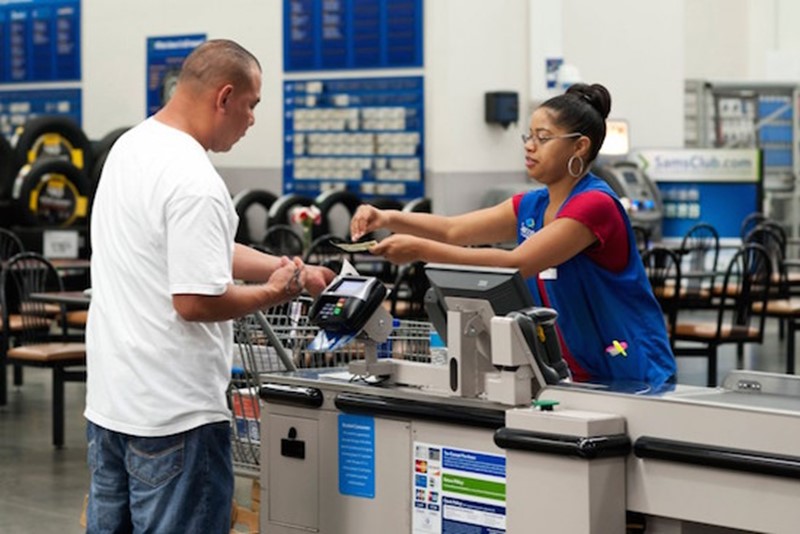
Washington, D.C. — In the aftermath of the 2016 election, many have attributed President Donald Trump’s electoral victory to the anger of the working class, calling for progressives to dedicate themselves to winning back these voters—and for some, including President Trump during his campaign, “working class” has effectively become shorthand for white male workers in industries such as manufacturing, construction, and mining. A new issue brief from the Center for American Progress Action Fund takes a closer look at the composition of America’s working class—defined for this analysis as participants in the labor force with less than a four-year college degree—finding that it is more racially diverse, more female, and more service-sector oriented than conventional wisdom dictates.
“America’s working class is often portrayed, by politicians or by the media, as a white man in a job that requires a hard hat. However, this conventional wisdom is increasingly wrong, as working-class Americans are more likely than ever to be employed in the service sector. Furthermore, nearly half of workers in the working class are women, and the share of the working class that is Hispanic or African American is rising,” said Alex Rowell, research associate with CAP Action and author of the analysis. “Improving the economic fortunes of workers without four-year college degrees requires a thorough and accurate understanding of who in America is actually part of the working class.”
Data from the U.S. Census Bureau’s American Community Survey show that 43 percent of American adults, or 107 million people, are in the labor force and have less than a bachelor’s degree. Of these 107 million Americans, CAP’s analysis finds:
A large share of the working class is employed in the service sector. The industrial sector has never made up a majority of working-class employment, and its share is shrinking. In 2015, 76 percent of noncollege workers worked in the service sector. Comparatively, just 21 percent of today’s working class works in the industrial sectors of manufacturing, construction, and mining. In 1960, the share of the working class in industrial employment peaked at 37 percent, and its decline accelerated after 1980.
The non-Hispanic white share of the working class is declining rapidly. According to the latest data, non-Hispanic white people make up 64 percent of the overall adult population but just 59 percent of the working class, whereas 75 years ago, those percentages were nearly equal. African American workers make up 14 percent of today’s working class, and Hispanic workers make up 21 percent. The non-Hispanic white share of the working class began to fall dramatically after 1970, when it stood at 85 percent.
Women now make up nearly half of the working class. In 2015, 46 percent of working-class workers were women, compared with 33 percent in 1960. However, this share has been flatlining since about 1990, as female labor force participation growth has slowed and educational attainment has increased.
Working-class workers are more anxious about their finances, but this anxiety is more prevalent among workers of color. Data from the American National Election Studies (ANES) 2016 Time Series Study—a national survey of more than 4,000 American adults—show that working-class workers ages 25 to 54 are more than twice as likely to report being “extremely” or “very” worried about their financial situation as college-educated, prime-age workers. Yet while only 32 percent of white members of the working class are extremely or very worried, 40 percent and 44 percent of black and Hispanic workers, respectively, report this level of anxiety.
Click here to read “What Everyone Should Know About America’s Diverse Working Class” by Alex Rowell.


